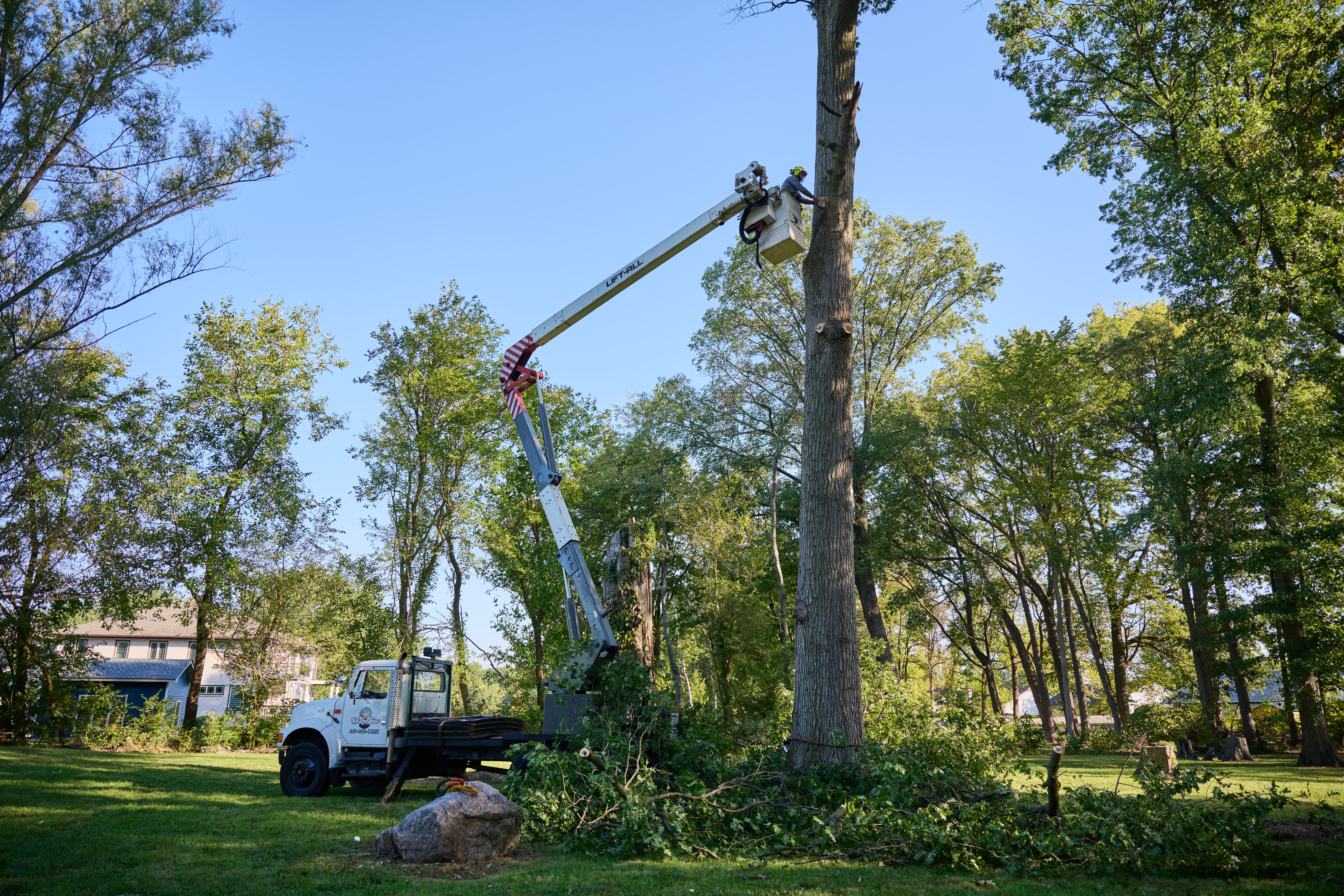
How much does a palm tree cost? The answer depends on the type of tree, its size, and other factors. Find out how much a new palm tree costs.
Find out if this evergreen species is right for your yard


Douglas fir trees are one of the tallest conifer trees.
The species is popular for Christmas trees.
You can find young trees to plant for about $50 each.
This tree can live to be over 1,000 years old.
If you prefer real trees to fake around Christmastime, you’ve likely owned and cared for a Douglas fir tree. Douglas fir trees are one of the most common species used for Christmas trees, but they are also a lofty addition to landscapes. If you’re thinking of keeping a Douglas fir tree around long past December 25, consider this guide for all the dos, don’ts, and general care advice for this type of tree.
Douglas fir is an evergreen tree, Pseudotsuga menziesii, and one of the tallest conifer trees in the world. You’re probably familiar with seeing this tree in the winter, as it is a popular choice for Christmas trees. The Douglas fir tree is also the state tree of Oregon. The Douglas fir tree goes by many names, including the Oregon pine, red fir, and Douglas spruce.
These towering trees are scenic and live long lives, but they have some drawbacks, too. Before you purchase a Douglas fir tree for your property, consider its pros and cons.
Because Douglas fir trees grow so tall, you’ll want to buy them young to make them easier to plant. You can find a potted Douglas fir sapling of about 9 to 15 inches in height for about $50. If you prefer a bare root plant, you can often find Douglas firs for around $10. Keep in mind that a Douglas fir takes about 10 years to grow from seed to reach Christmas tree height.
If you’re considering adding an evergreen to your yard, there are several benefits to choosing a Douglas fir. As an evergreen, it maintains its dark green, needle-like leaves all year long, and the visual appearance can help add value to your property. It also survives in different climates, not just cold locations. Douglas fir trees can also thrive in mild and coastal environments, which is why they are so popular along the northwestern coast of the U.S.
If you’re looking to support your local ecosystem, Douglas fir trees supply food and shelter to many different types of animals, including red squirrels, chipmunks, northern spotted owls, and red tree voles.
Another major benefit to choosing a Douglas fir tree for your property is that these trees will live alongside multiple generations of your family. These trees can live for 400 to over 1,000 years, so even your great-great-grandchildren can enjoy the trees you planted.
These giant trees can survive in various climates, but if they become stressed due to extreme weather, drought, or soil that is too alkaline, they can succumb to disease. They may also attract pests, like weevils and caterpillars, that attack the tree’s roots, leaves, and even branches, causing damage.
Douglas fir trees grow to be about 40 to over 70 feet tall, but the bigger they are, the harder they fall. If a Douglas fir in your yard is weakened from pests, old age, or damaged in a storm, it could fall and destroy your home, garage, or yard.
For city-dwellers, Douglas fir trees are not your best bet. Planting a Douglas fir in urban areas is setting it up for stress and disease. Instead, these evergreen trees are best suited for remote or rural locations.

If your yard is a suitable place for a Douglas fir, then there are some things to keep in mind to help the tree live as long as possible.
First, Douglas fir trees survive best in Hardiness Zones 4 through 6 and prefer partial to full sunlight. Ensure these growing conditions to minimize the risk of stress and disease.
Douglas fir trees require more acidic soil that is well-draining. Every three to five years, test the soil pH. If it reads too alkaline, add sulfur or fertilizer with iron chelates. Otherwise, the leaves on the tree may start to yellow.
The soil should also be moist, so Douglas firs won’t work well in desert areas or other drought-prone locations. Even if you live somewhere with frequent rain, your Douglas fir tree may need additional watering to keep the soil moist.
In their natural forest environment, Douglas fir trees are self-pruning. But in your landscape, you’ll need to prune the tree to remove dead branches and encourage new growth. Prune in the early spring, when the tree is dormant, to encourage growth all spring and summer long. Because Douglas fir trees are so tall, it’s best to hire a professional tree service near you to safely handle pruning.
From average costs to expert advice, get all the answers you need to get your job done.

How much does a palm tree cost? The answer depends on the type of tree, its size, and other factors. Find out how much a new palm tree costs.

The most significant factor in tree removal costs is the amount of debris. Read on to learn more about the average tree debris removal costs.

How much does it cost to rent a chainsaw? Whether it’s for cleaning up your yard or cutting firewood, learn what options are available and what you’ll pay.

You don’t have to hire a professional to eliminate a tree stump. Save money and learn how to rot a tree stump quickly using these methods.

Pruning a cherry tree requires pruning tools, some skills, and the right techniques. Read this guide to learn how to prune a cherry tree like a pro.

Renting a stump grinder is one way to remove stumps in your yard. Find out the average stump grinder rental cost, additional expenses, and more.